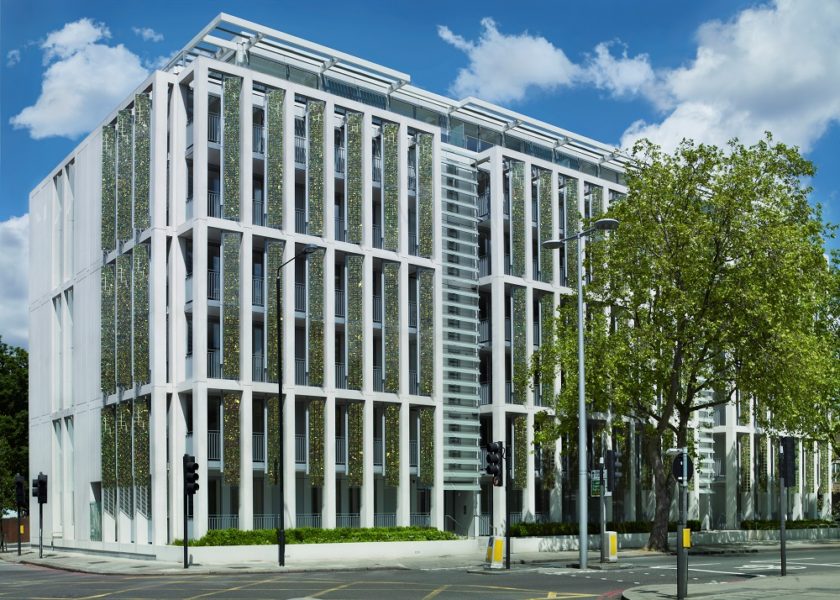OFR and STA Clarify CLT Fire Compliance for Industry
17/07/2023

Leading fire engineering consultancy, OFR Consultants working in collaboration with the Structural Timber Association (STA) is offering the wider industry valuable clarity on the fire safety design of mass timber buildings.
Publishing its research into cross laminated timber (CLT) compartment fire behaviour in Volume 6 of the STA’s Fire Safety in Use Guidance, OFR has shared the findings of its study which set out to establish the relationship between different building heights, uses and consequence classes as well as performance expectations of structures in the event of fire.
Recognising that the main challenges for the industry in delivering mass timber buildings has been due to confusion on the routes to compliance with the Building Regulations, in addition to what evidence designers should provide when seeking to demonstrate how they comply, the new revised guidance provides important information for designers and building control bodies. It allows parties to approach the design of mass timber buildings with consistent expectations of what types of solutions and analysis should be expected based on a building’s height and use.
Speaking about the project, OFR Technical Director and co-lead author Dr Danny Hopkin explained: “OFR is the lead research partner delivering the STA special interest group (SIG) project on cross laminated timber (CLT) compartment fire behaviour. The study identified that higher consequence buildings should survive the full duration of a fire, whilst lower consequence buildings should survive long enough to facilitate the escape of occupants and fire service activities. Understanding this distinction is important in ensuring engineers develop the correct evidence to support their designs when demonstrating compliance with the Building Regulations.
“We’re thrilled that this study has been developed into industry guidance via Volume 6 of the Fire Safety in Use Guidance. Working with my co-lead author and OFR colleague Research Leader, Mike Spearpoint, we advise that the guidance should be considered on a project-by-project basis, considering the specific fire safety strategy for that building and the input of all key stakeholders.”
Andrew Orriss at STA added: “This new guidance encourages dialogue with approving authorities to establish the structural fire performance objectives, considering fire strategy first principles, such as the evacuation mode, fire service provisions, and the inclusion of additional fire safety systems such as sprinklers. It also provides an appendix of application examples to aid designers in their use of the guidance.”
Once completed, the guidance was independently reviewed by a stakeholder review panel. Building on two and a half years of use by designers, the STA has updated the document to incorporate feedback from users. OFR has retained oversight of these changes to ensure that the document aligns with the original intent, and by reviewing and editing the second edition.
Volume 6 of the fire safety in use guidance can be accessed here https://www.structuraltimber.co.uk/libraries/technical-documents/